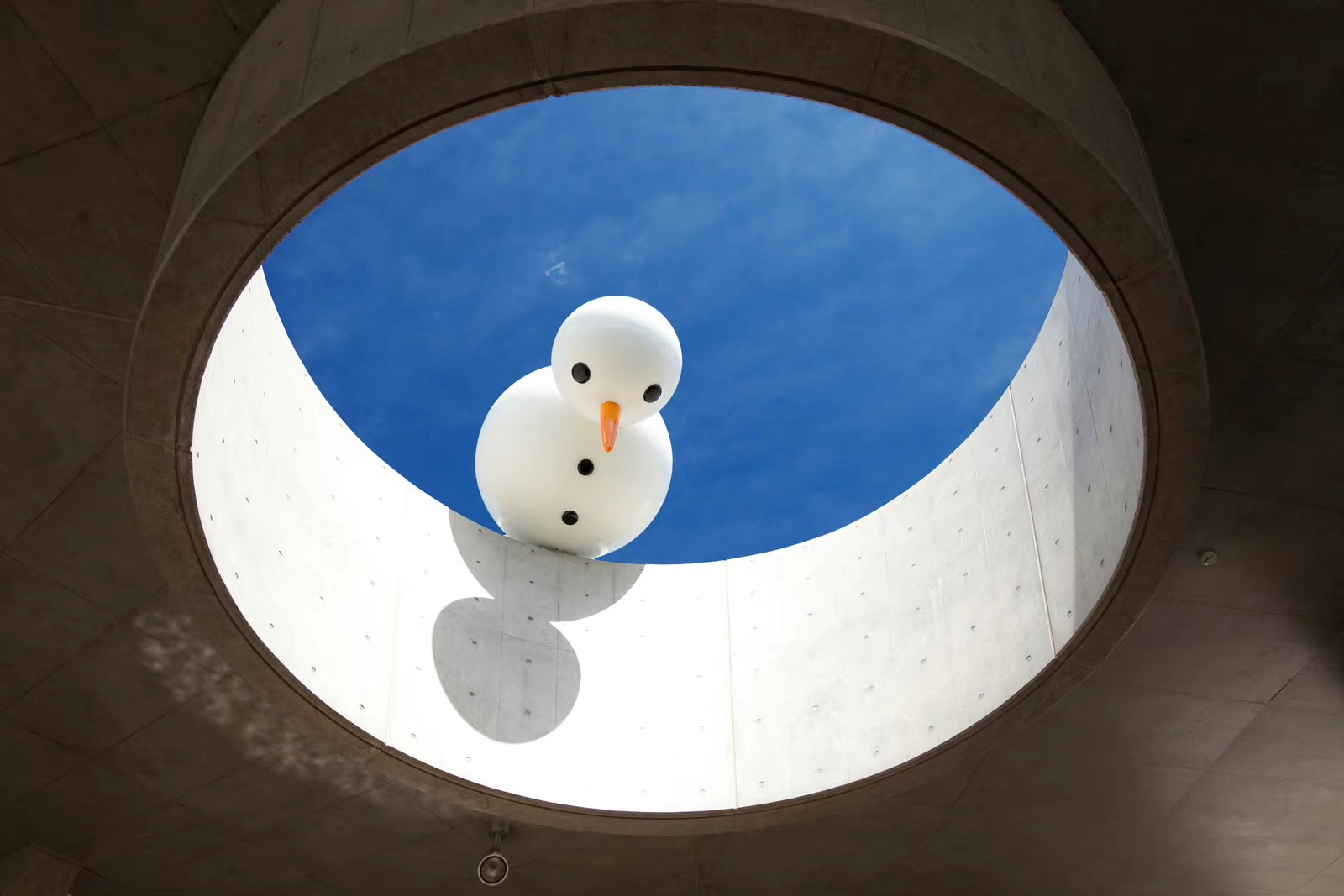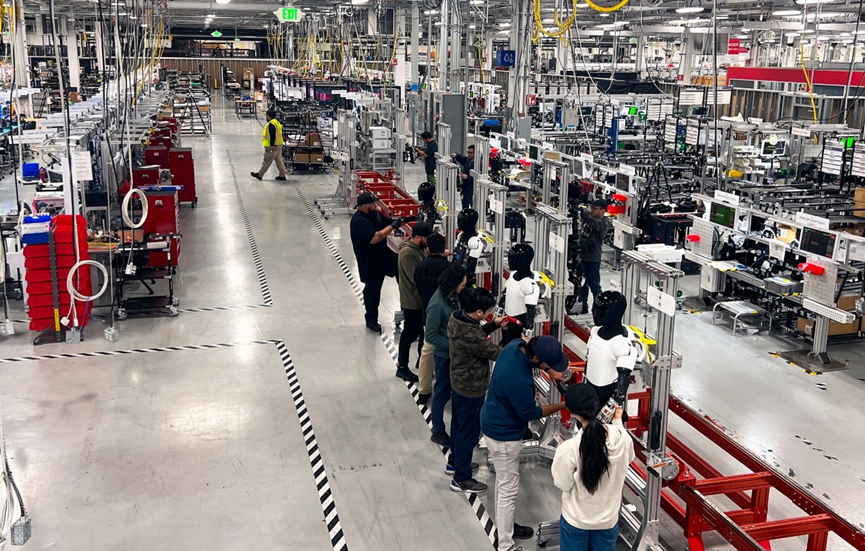Optimus Robot Stuns with Ballet Performance — What Other Surprises Will Robots Bring in the Future?

Tesla’s Optimus robot just wowed the world with a graceful ballet performance. From factory floors to dance stages, what other groundbreaking roles could robots play in our lives? Explore the future of robotics and AI in this article.
Optimus Robot's Ballet Debut: A Stunning Blend of Art and Engineering
When Tesla released footage of its humanoid robot Optimus performing ballet, the internet was left speechless. With elegant movements, smooth gestures, and a surprising sense of balance, Optimus didn’t just mimic a dancer — it became one. This performance wasn’t just about theatrics; it marked a major leap in robotics and motion coordination powered by advanced AI and mechanical engineering.
Behind the scenes, this display of grace is the result of cutting-edge actuators, real-time feedback systems, and refined machine learning algorithms that allow the robot to perform complex, human-like motions. It’s a glimpse of what’s coming: robots that don’t just work, but move and respond like us.
(https://x.com/i/status/1922456791549427867)
From Assembly Lines to Center Stage: Robots Are Redefining Their Roles
We’re used to seeing robots in factories, sorting packages or welding car parts. But that’s quickly changing. Today’s robots are entering fields like healthcare, customer service, logistics, and yes — even the arts.
With models like Boston Dynamics’ Atlas and Tesla’s Optimus, we’re seeing how robotics is shifting from pure utility to versatility. They’re becoming collaborative partners, assistants, entertainers, and more. In many ways, robots are starting to blend into the human environment — learning to read our cues, predict our needs, and act with precision.

Home Robots of the Future: More Than Just Vacuuming — Maybe Even Dancing?
Imagine waking up and your personal robot assistant already brewed your coffee, tidied up the kitchen, and reminded you of your morning meeting — all while playing your favorite playlist. The dream of a truly helpful home robot is becoming more realistic.
Robots are moving beyond single-use tasks like vacuuming or security. Future home assistants may help with elderly care, child tutoring, and yes, even dancing — either as a fun activity or as a form of therapy. With emotion detection, facial recognition, and conversational AI improving rapidly, these robots will likely be more than tools — they’ll feel like part of the family.
When Robots Create: The Rise of AI in Art, Music, and Storytelling
The line between technology and creativity is becoming beautifully blurred. Robots and AI are now capable of creating original music, writing poetry, painting digital masterpieces, and yes — choreographing dance routines.
This sparks debate: Is it still "art" if it comes from an algorithm? But it also opens up exciting possibilities for collaboration. Imagine human dancers working alongside AI-powered robot performers. Or using AI tools to co-write stories or generate visuals. As platforms like Midjourney, Runway, and ChatGPT show us, the fusion of creativity and code is here to stay.
Humans + Robots: A Future of Collaboration, Not Competition
With all these advancements, it’s normal to feel both excited and concerned. Will robots take our jobs? Will they understand ethics and empathy? The key lies in thoughtful integration. Instead of replacing humans, most experts believe robots will augment our abilities — handling repetitive tasks while we focus on creativity, leadership, and complex decision-making.
For businesses, educators, creators, and everyday users, this collaboration opens up new workflows and productivity boosts — especially when combined with advanced AI tools.
Bonus Tip: Want to Work Smarter with AI? Try XXAI — A Powerful, Affordable AI Assistant for Everyone
While robots like Optimus represent the cutting edge of robotics, most of us are already using AI tools in our daily lives — or should be. One of the most powerful yet affordable AI tools right now is XXAI.
XXAI integrates the top AI models available — including GPT-4o, Claude 3.7, Gemini 2.5, Perplexity, LLaMA, and Grok — into one platform. Whether you’re writing blog posts, translating content, coding, or researching, XXAI gives you access to world-class AI capabilities at a fraction of the cost — starting at just \$9.9/month.

Unlike single-model services, XXAI lets you switch between different AI models with one click, so you always get the right answer for the task at hand. It’s the perfect tool for creators, developers, marketers, and anyone who wants to work smarter in the AI era.
Think of it as your everyday digital sidekick — helping you write, think, and create like never before.
Final Thoughts: The Robot Revolution Is Just Getting Started
From ballet dancing robots to AI-powered assistants that boost your productivity, the future of robotics and artificial intelligence is not just about machines — it’s about what humans and machines can build together.
We’re entering an era where creativity meets computation, where emotion meets automation. Whether it’s through Optimus on the stage or XXAI on your laptop, the message is clear: the future is now — and it’s more exciting than we ever imagined.
Source Link:
Discover and compare the best AI products and tools:https://similarlabs.com/